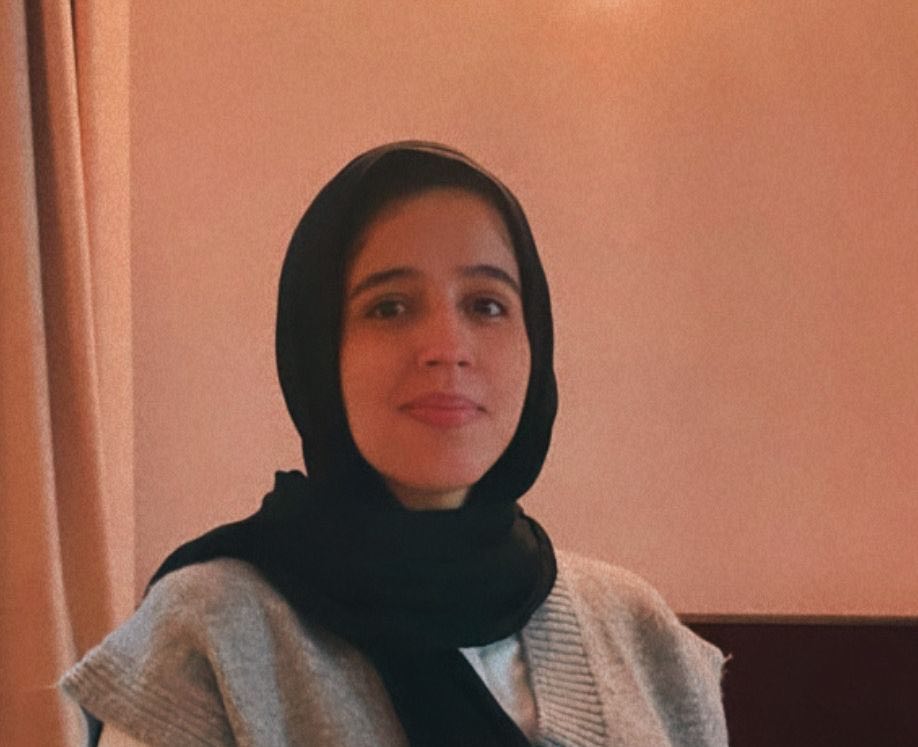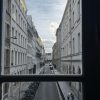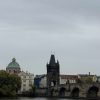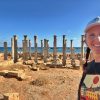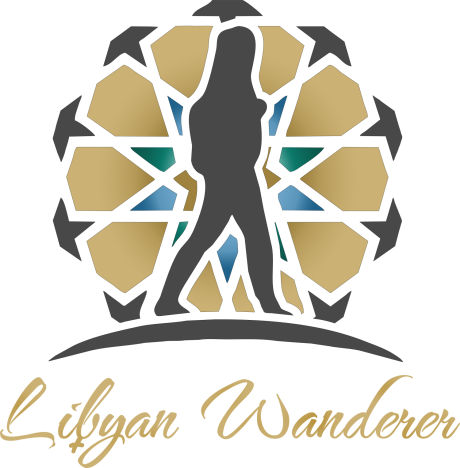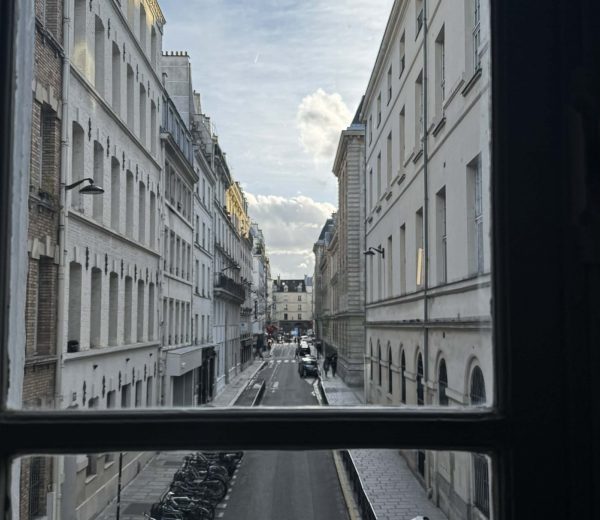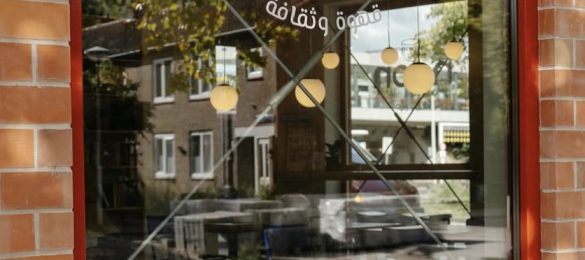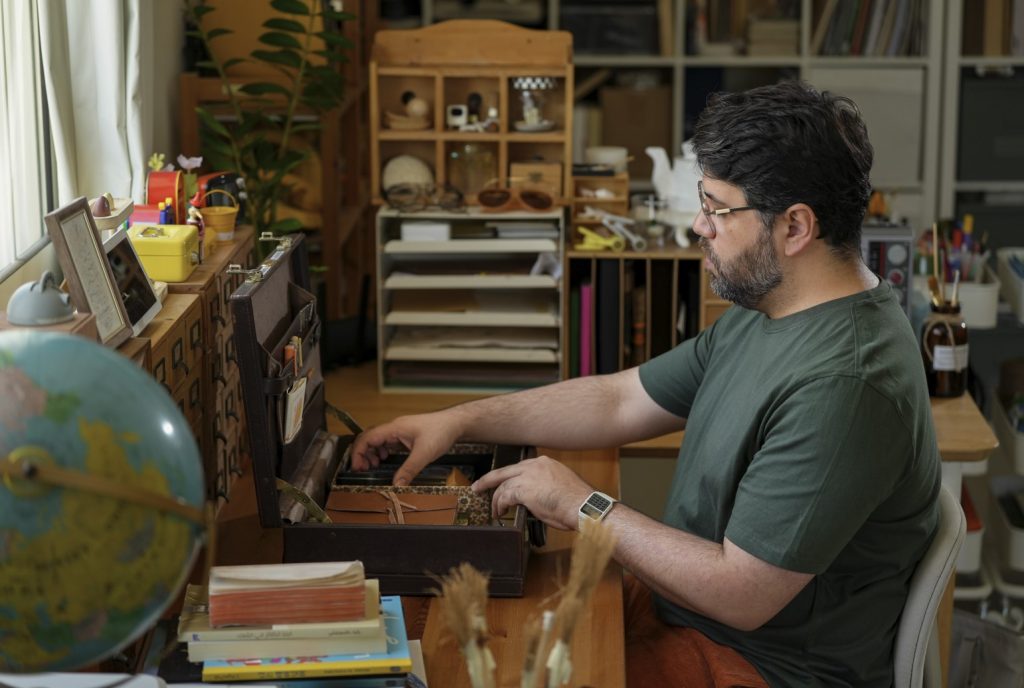
The MENA region is a rich blend of cultural heritage, traditions, diversity, knowledge, and art. Artists in these countries beautifully capture the essence of their traditions, experiences, and memories, weaving them into their inspiring creations. One of the prominent aspects the blog has focused on is the artistic scene in this thriving region. Through interviews and open discussions, I encountered incredible artists from the region and those in the diaspora. I remain committed to capturing and sharing inspiring stories about artists from the MENA region. In this article, I highlight an artist from the Gulf region, specifically the United Arab Emirates. He combines memories from his childhood to create dreamy and interactive artwork that bridges the past and the future.
Engineering His Way to Art
Nasir Nasrallah is an Emirati artist based in Sharjah. His academic and professional experiences focused on Telecommunication engineering. Still, throughout his studies, he practiced and learned more about art. Through his learning experience at the Emirates Fine Arts Society, he learned from elite artists in the UAE. As a result, it enriched his understanding of artistic concepts and methodologies. After 5 years of working as a Telecommunication engineer, Nasir made the decision to pursue his passion, art, full-time. He then started working at the Sharjah Art Foundation, where he is employed. Now, he is the Special Projects Manager at the foundation.



Throughout our discussion, he shared how art has been a long learning experience enriched by daily experiences, participating in artistic workshops, and applying learnings daily. Nasir always carries a notebook to jot down his ideas and make sketches throughout his day. He has gained a solid foundation in art and painting by studying the academic basics, attending workshops, and eventually starting to lead his own workshops.
Additionally, Nasir mentioned that the workshops he hosted included discussions with children and adults. This allowed people to share why they were participating. Especially since many of them did not necessarily have an artistic background. Most importantly, the workshops allowed him to observe how people interpreted and applied the instructions he provided.
Painted Memories & Translated Childhood
If you check Nasir’s official page on Instagram, you will notice that he also shares written short texts with his artwork. Occasionally, they appear in his work, and he called them several short stories combined with the artwork. Of course, one of the aspects I was interested in knowing about its influence was his childhood. He described his childhood as unique and beautiful, growing up with his family at his grandparents’ house. The big family experience greatly impacted his upbringing and artistic influence.
His grandfather owned an antique store that was the first of its kind to open in the 1960s. On the other hand, his father enjoyed collecting old historical documents in the Gulf and the broader Arabic regions. His family appreciated various forms of art, including but not limited to poetry, calligraphy, and crafts.
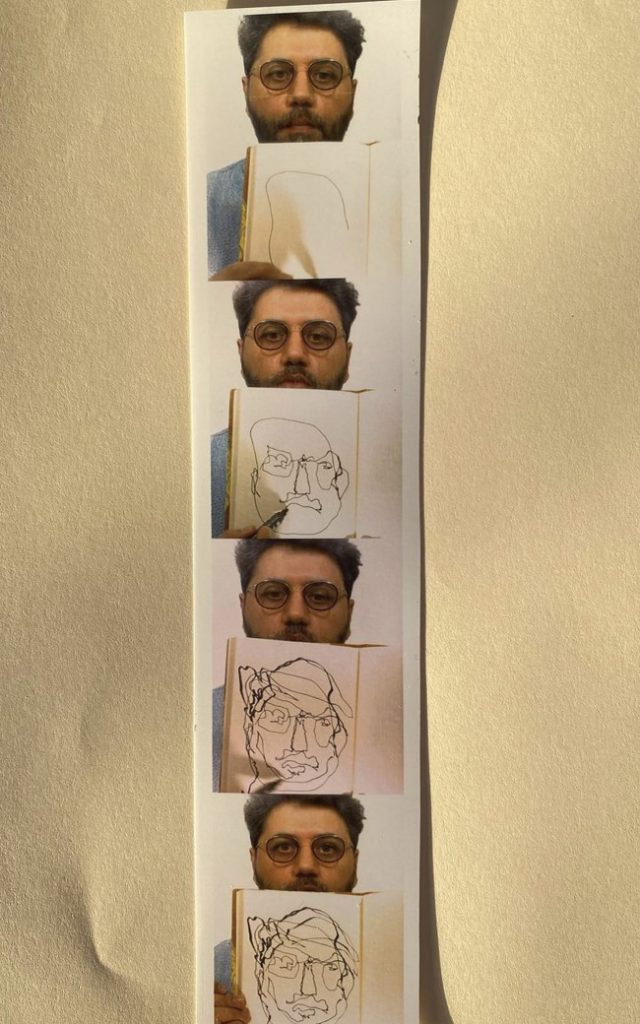
Another significant influence was cartoons in the MENA region. Majid journal, which many in the area grew up reading, including myself. I will not forget to stress Alabad’s significant influence in this regard.
Bringing Instruments Alive
During our conversation, he explained how he practices art without prior planning. In addition, I participated in many exhibitions in the Gulf region and worldwide, for example, in Egypt in 2007, Switzerland, Indonesia, and others. Also, he hosted his solo exhibition titled “Poetic of Machines” in May 2023 with the 421 Association in Abu Dhabi. Indeed, exhibitions are important for artists. They provide artists with the space and opportunity to manage their time and produce artistic work continuously for the exhibition.

Nasir expressed how his Telecommunication engineering background influenced or participated in this exhibition. He showed how objects like machines could be alive by using outdated and vintage instruments, such as Fax machines, to create interactive work with exhibition visitors. Throughout the exhibition’s timeline, visitors were asked to write letters using fax machines as part of the exhibition’s installations. This took place when he was in Sharjah, and the exhibition was held in Abu Dhabi.
Moreover,
He used landline telephones as part of the instruments displayed in the exhibition. He ensured the exhibition was interactive and asked people to share the provided number on the telephone. The phone could only receive calls, which allowed people from anywhere to call, and anyone in the exhibition could answer. Somehow, it gave people the chance to talk without judgment. Another exciting instrument is vintage typewriters in both English and Arabic.
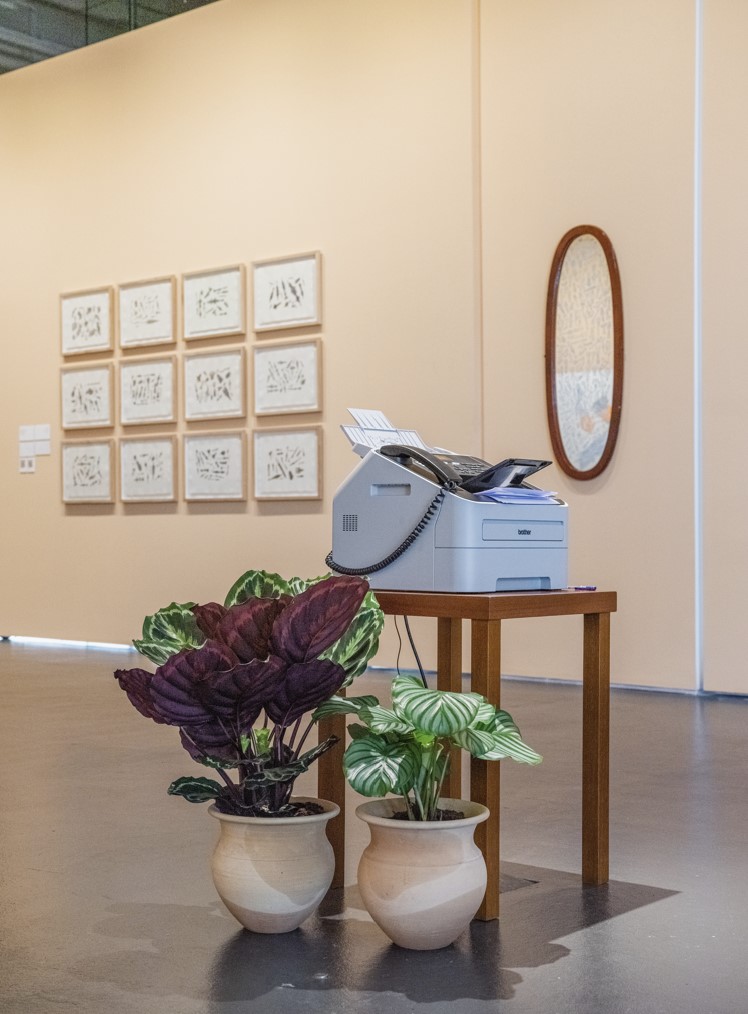
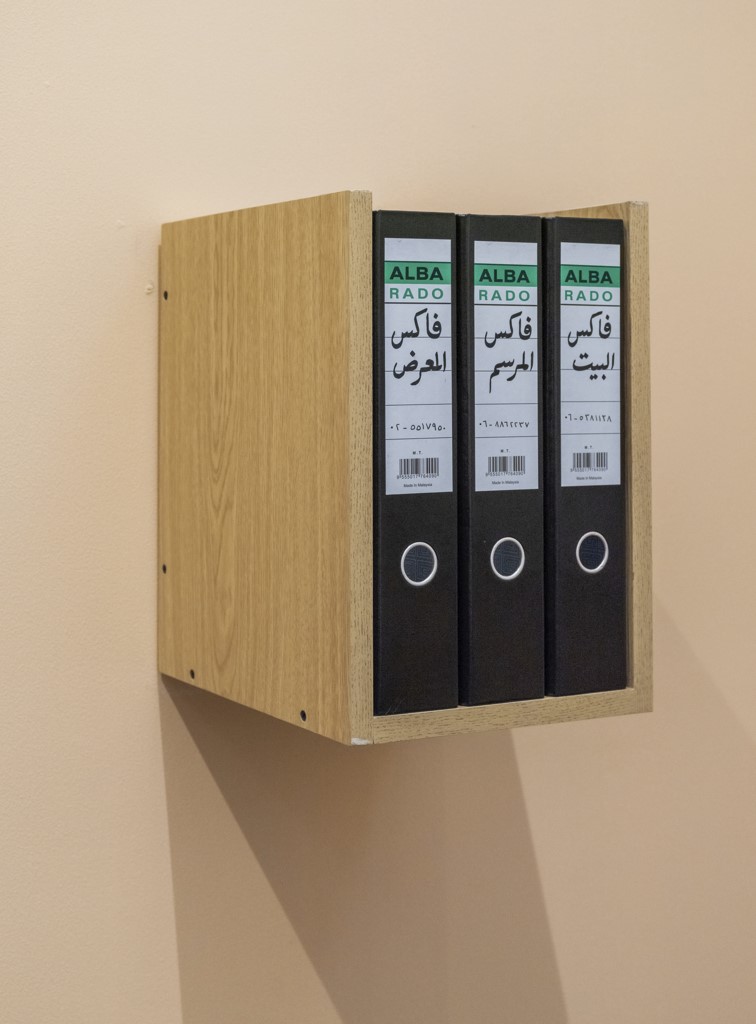
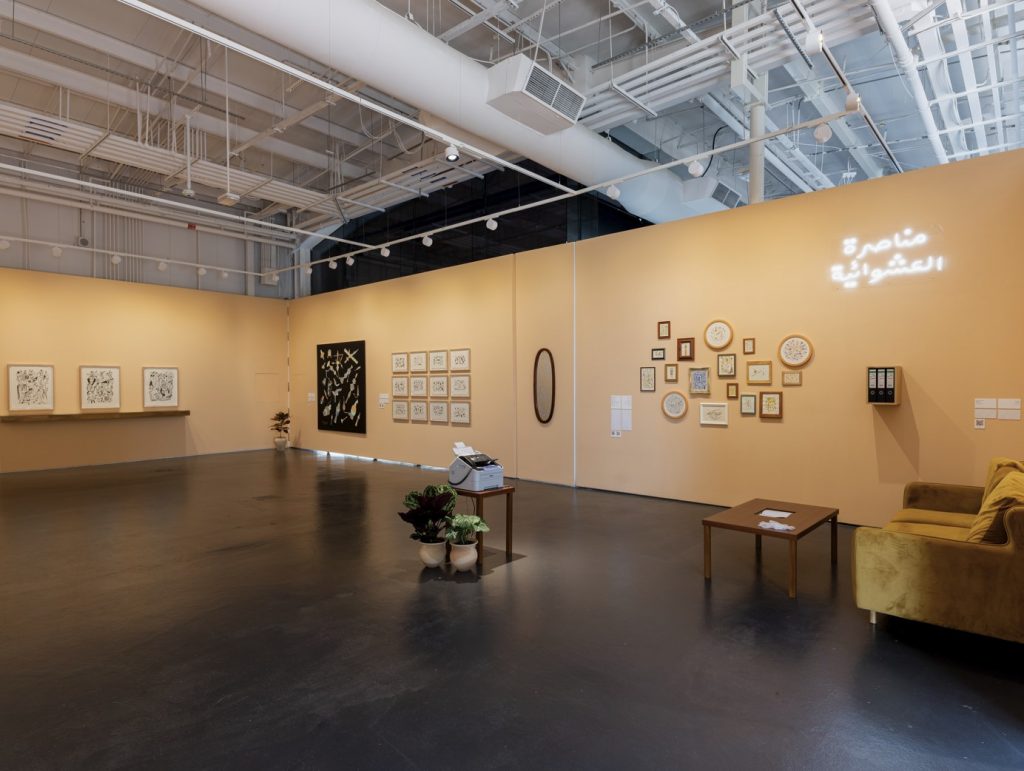
Through the machine, Nasir provided a paper roll containing a sentence in both languages. He then invited people to complete the story. More and more people engaged with the storyline, and it was quite fun to observe the differences. Although he underlined how challenging it is for an artist to instrumentalize vintage machines, it is yet rewarding when the work is finished. In his exhibition, he aimed to connect people through his artwork and not only exhibit the work.
Finally,
Nasir’s artistic life experience has enabled him to explore new approaches and craft his style through his imagination and childhood experiences. Tracing back his upbringing and life experiences, they all had hidden and sometimes visible artistic hints, eventually translating into practicing his lifelong passion, art. Each line he drew, and brush stroke reflects the essence of his past as he translates those formative memories into vivid expressions of his artistic vision.
You can learn more about Nasir’s Nasrallah’s artwork and artistic journey through this link.
